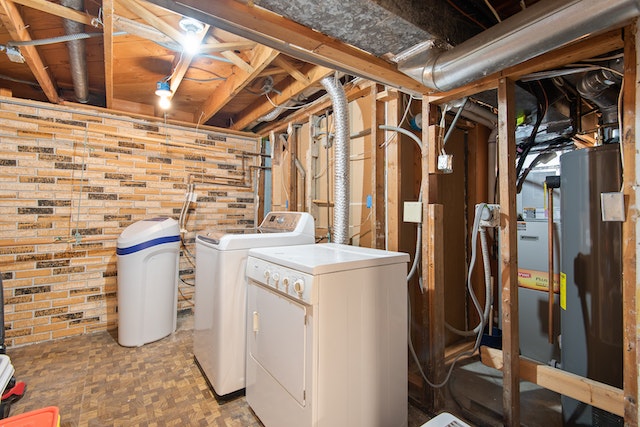The appeal of budget, space, and easy at-home installation may not be all it's cracked up to be
Where there's heat there's...
In a renovation project, the home do-it-yourselfer will often opt for a flexible, thin, wired, rubberized, plastic tube vent hose or the aluminum accordion-style cousin. While both are safely treated with thin heat insulative compound of some sort, the reality is during an intense electric or flammable flare-up, these styles may be attributed to some of the
15,000 annual appliance fires in the United States, according to the National Fire Protection Association.
These instances tend to occur when the flexible hose is damaged, crimped, or even slightly cut. But how does that happen? Well, laundry appliances move while in use. They are motorized for heavy-duty rolling, spinning, and rotating to keep all of our fabrics clean and sanitized. You certainly have experienced an unbalanced washer load that has caused your machine to buck and bounce violently. Well, even clothes dryers inch around with enough vibration to move. If they press against the flex vent tubes even in stealth mode, the damage will eventually be done. Spatially, those who have stackable washer/dryer combos must pay special attention to this and would be better off hiring a professional installer, even for the flex hose.
Check, mate!
Check with a local contractor about the possibility of also including some insulated wall panels behind the dryer. Other proactive tips you can easily undertake to eliminate some risks are:
- A routine dusting of surrounding walls.
- Vacuuming the back dryer panel.
- Cleaning the dryer lint filter both before and after use.
- Check for scorching inside the dryer drum, near wall sockets, or even on your clothes.
- Stop the cycle and call for service if you get a whiff of anything remotely resembling burning or overly high heat.
Another setback to these inexpensive alternatives to metal duct venting is the inefficient clog and lint-free cleaning success. With internal exhaust temperatures manufactured to reach a maximum of 200 degrees F, the thermal high, along with any humidity, traps the lint and cakes it into the spiral coils making the guarantee of proper unobstructed air flow less and less.
You can count on longer drying time and higher energy output which means a bigger electric bill, and should a massive unseen clog occur, a fire is not out of likelihood. With the cheaper cost and ease of installation, another risk is also in the making.
Going green and breathing clean.
Instead of choosing the high-performance and longer-lasting investment of metal venting and exhaust, the landfills and community dumpsites become the final resting ground for damaged soft coil exhaust tubes. Homeowners prefer to keep things on the cheap and toss out the old without considering any long-term global carbon footprint effect.
A professionally installed and manufactured series of ducts for your entire house is built to withstand not only years of everyday use but a thorough professional cleaning achieved with pressurized air, brushes and scrub wires, connection repairs, and bracket tightening. For exterior vents included, the best ductwork is the system that lets the clean air into your home while keeping the interior free of dust, damp odors, microbial build-up, and potential fire hazards is the best investment when choosing your dryer vent.


